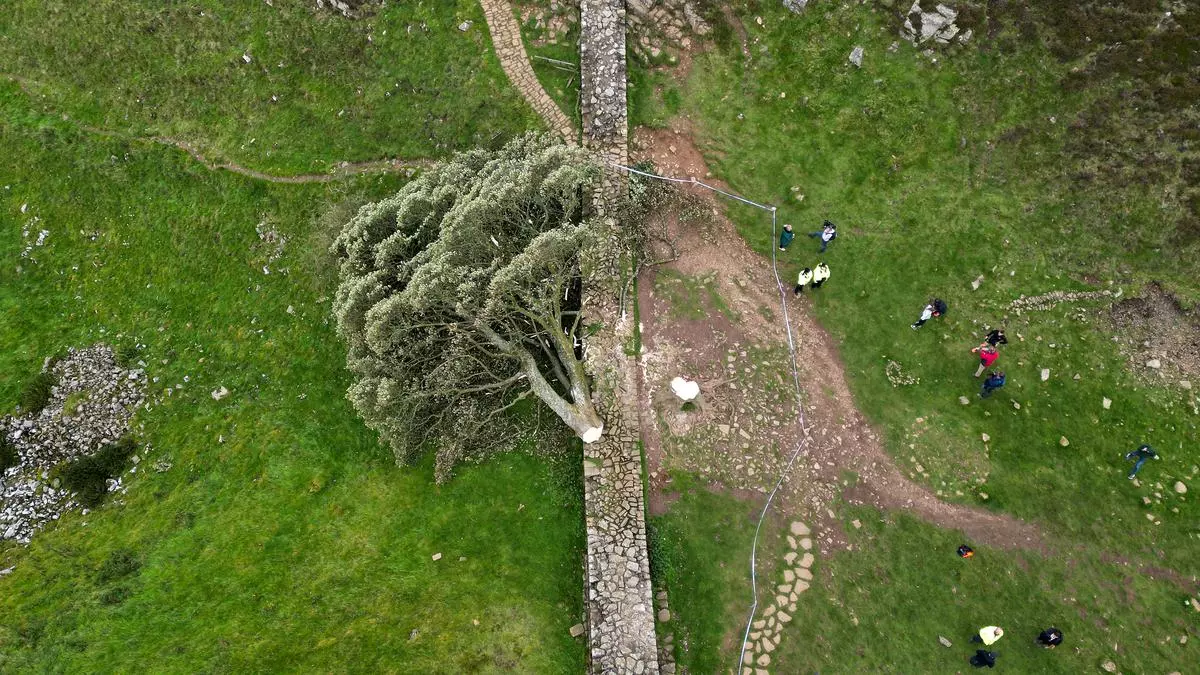GLOF early warning systems need be people centred and risk informed, says UN-ESCAP
The calamitous Glacial Lake Outburst Flood (GLOF) in North Sikkim following a cloudburst over Lhonak lake calls for the need for incorporating complex risk scenarios of fragile mountainous ecosystems. The UN-ESCAP advises a twin-track resilience strategy can be built on risk-informed multi-hazard early warning systems and resilient lifeline infrastructure systems.
The cloudburst in early October triggered a GLOF in the Test river basin claiming at least 30 lives, destroying the 1,200-MW Urja Hydroelectric Chungthang dam and causing widespread damage downstream. A dangerous outcome of climate change-induced glacier retreat, this exemplifies how disaster risks compound and cascade in the fragile mountains, says Sanjay Srivastava, Chief, Disaster Risk Reduction of the Bangkok-based UN-ESCAP.
Glacier retreat trend
Cascading disasters involve elements of uncertainties and unpredictability, he wrote to businessline. “More than a decade ago, we saw the triple disaster in Japan where an earthquake led to a tsunami, which then affected the Fukushima nuclear plant. It would be very difficult to model the chain reaction caused by an earthquake into a tsunami, leading to a nuclear disaster.”
In this context, how do we prepare for cascading disasters, especially in the Himalayas where they are more frequent and intensifying? The probability associated with cloudburst is itself uncertain, the likelihood of it leading to a GLOF is even more uncertain and unpredictable, explained Srivastava.
Knowledge of risk
GLOFs pose a serious threat to mountain communities across Bhutan, India, Nepal, and Pakistan from the Himalayas to the Caucasus, Pamir, Hindu Kush-Karakoram and Tien Shan Mountain ranges. Track one of the resilience strategy suggests early warning systems must be people-centred, impact-based and risk informed to trigger necessary early action anticipatory action.
Fundamental to any strategy to reduce GLOF threat is knowledge of risk. “Studies and reports have previously flagged the vulnerability of the Lhonak Lake to a GLOF and there are efforts to install an early warning system, including a camera to monitor the water levels and weather instruments. While configuring such early warnings, it is important to acknowledge the complex, compounding and cascading risks that may interfere, such as cloudbursts,” Srivastava said.
Resilient infrastructure
Backed by a well-constructed risk scenario, GLOF early warning systems need to people centred, and risk informed, utilise impact-based forecasting with multi-hazard approaches and customised to the needs of key sectors. These systems must trigger early and anticipatory actions to protect people and infrastructure to avoid cascading impacts.
Track two involves managing risk with a perspective of resilient infrastructure and infrastructure for resilience. Infrastructure resilience comprises of both ‘resilient infrastructure’ and ‘infrastructure for resilience’, points out Srivastava. ‘Resilient infrastructure’ refers to infrastructure that can absorb, withstand, rebound, and adapt to hazard events and shocks while ‘infrastructure for resilience’ supports broader social and economic or systemic resilience.
Interdependent nature
This approach assumes greater significance in the Himalayan multi-hazard risk hotspots. Critical infrastructure sectors are becoming increasingly interdependent, especially with the digitisation of services. These sectors are not separate systems, but networks, meaning a local emergency could quickly spread and lead to severe disruptions across multiple sectors.
